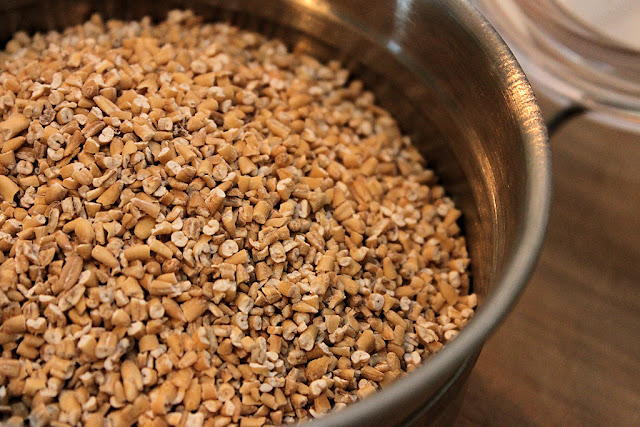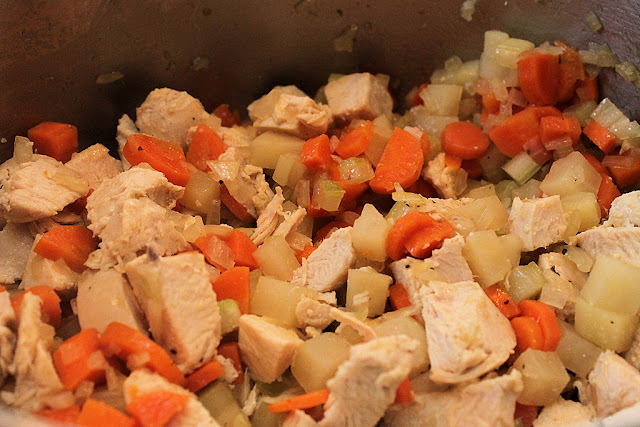This is dead easy and all you have to remember if you want crispy edges is, "the magic number is three". The Delicata squash half-moons are cooked on one side, turned to cook on the other side and then turned to cook on the original side once more for crispy edges and creamy flesh.
There may be other ways to achieve this, but this is my method learned by trial, error and, finally, success. Sometimes, as I did this time, I add about 1 1/2 teaspoons of brown sugar per squash when I'm tossing them with a very small amount of olive oil, salt and pepper but you can omit that if you wish. Occasionally I sprinkle some balsamic vinegar on the slices instead of brown sugar before they go into the oven. I liberally sprinkled the half-moons with Ras el Hanout, but mostly what I was left with was a mild aromatic flavor and some of the heat from that spice mixture.
Delicata squash is a more-or-less dirigible-shaped white or yellow squash with green or orange-gold longitudinal striations and a pale yellow-orange flesh. It's classified as a winter squash, but is very thin-skinned. When roasted, the skin is very easy to eat. You can roast it, stuff it and bake it, saute or steam it.. It's not as packed full of beta carotene as some of the other winter squashes, but has good fiber, potassium, and vitamins C and B.


















































